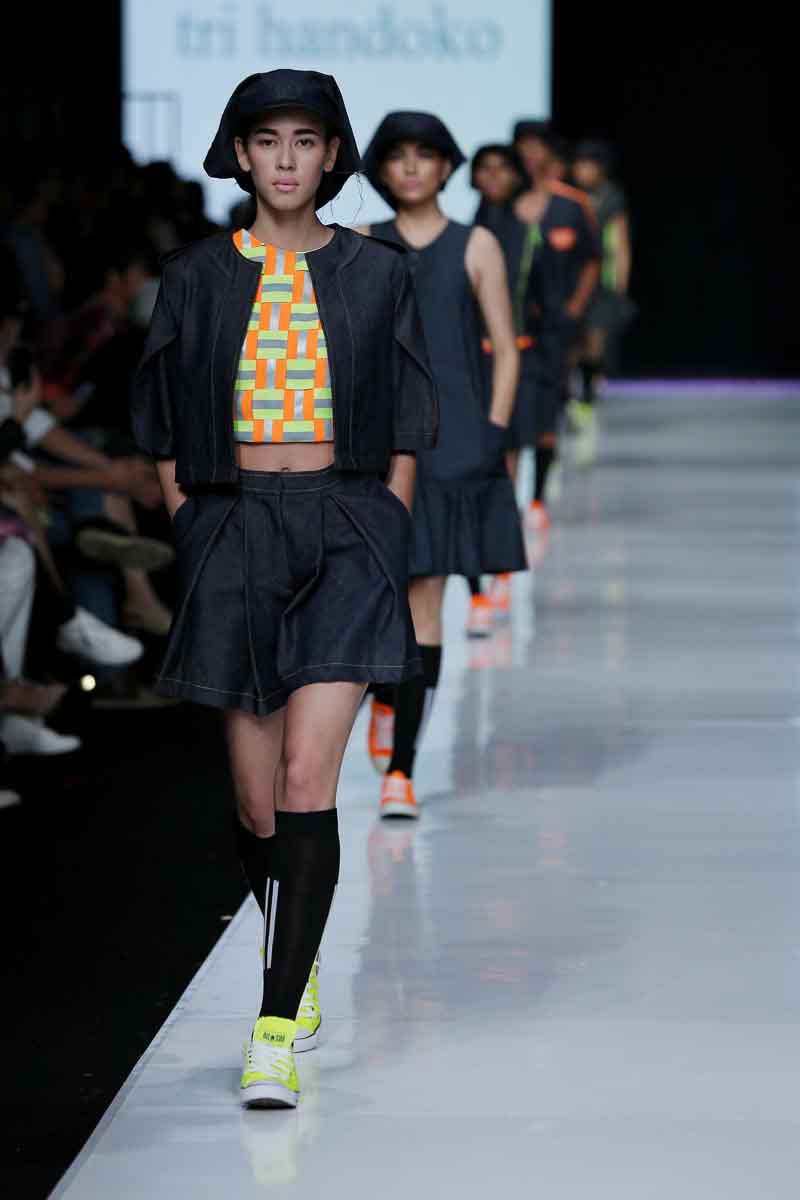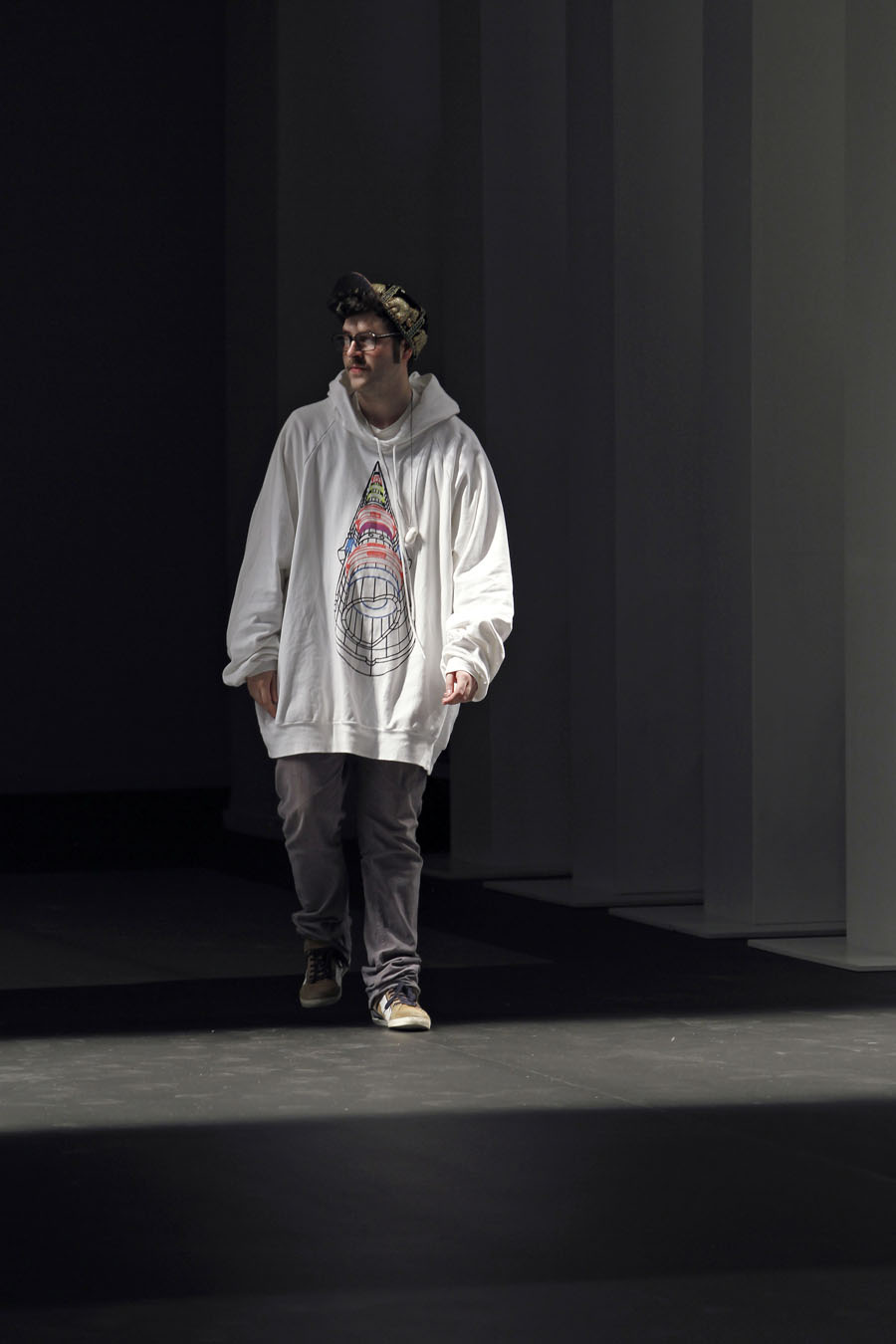
PARIS, Jan 19, 2004/ FW/ — With a Castilian mother and a French father, fashion flows in Julien Fournié’s blood.
One set of grandparents were tanners: his genetic inheritance from them was a taste for fine materials. His grandmother on the other side of the family was a lingerie seamstress and corset maker: she instilled in him the importance of always producing your best work.
Then, there was his father, an optician, from whom he learned about accessories and innovative shapes.
He started drawing at the age of three, but the artist in him was subsumed for a short time with his triumph in science, choosing to study medicine when he entered the university at 18.
But, his art won out in the end. Two years into training in medicine, (after a degree in Biology), he opted for fashion, continuing his studies at the Ecole de la Chambre Syndicale Couture Parisienne, from where he graduated in 2000.
He learned the tricks of the trade hands on from the House of Nina Ricci and at Christian Dior where he worked on accessories with Jean Mouclier; and at Givenchy, working alongside Christina Zeller, he helped develop a haute couture collection of bags, jeweller and accessories.
He was a starting a spell at Céline when Jean-Paul Gaultier hired him as an assistant stylist in Haute Couture where he was entrusted with researching materials and designing embroidery trims for the Autumn/Winter 2001/2002 collection. He also got to work on stage costumes for a Madonna tour.
At the end of 2001, he joined the Montana studio as a stylist in ready-to-wear and accessories. There, he developed a collection of bags, scarves, luggage and jewellery.
At 28, during the late summer 2003, he was recruited by Torrente as Style Director for their ready-to-wear collections.
In early September, before his first show for the Champ-Elysees-based fashion house had even taken place, the Management Committee voted to appoint him as Artistic Director.
Since then he has taken over the duties of Madame Torrente-Mett herself, who has retired from designing.
When it comes to Madame Torrente-Mett, he admires “her determination to create this haute couture fashion house and ensure its survival for three decades.”
When it comes to her style, Julien Fournié says, “the heightened femininity of her shapes, garments that carress the female body, and her lines that give elegant, elusive glimpses, rather than full-on vulgarity,” are the trademarks of the House of Torrente.



